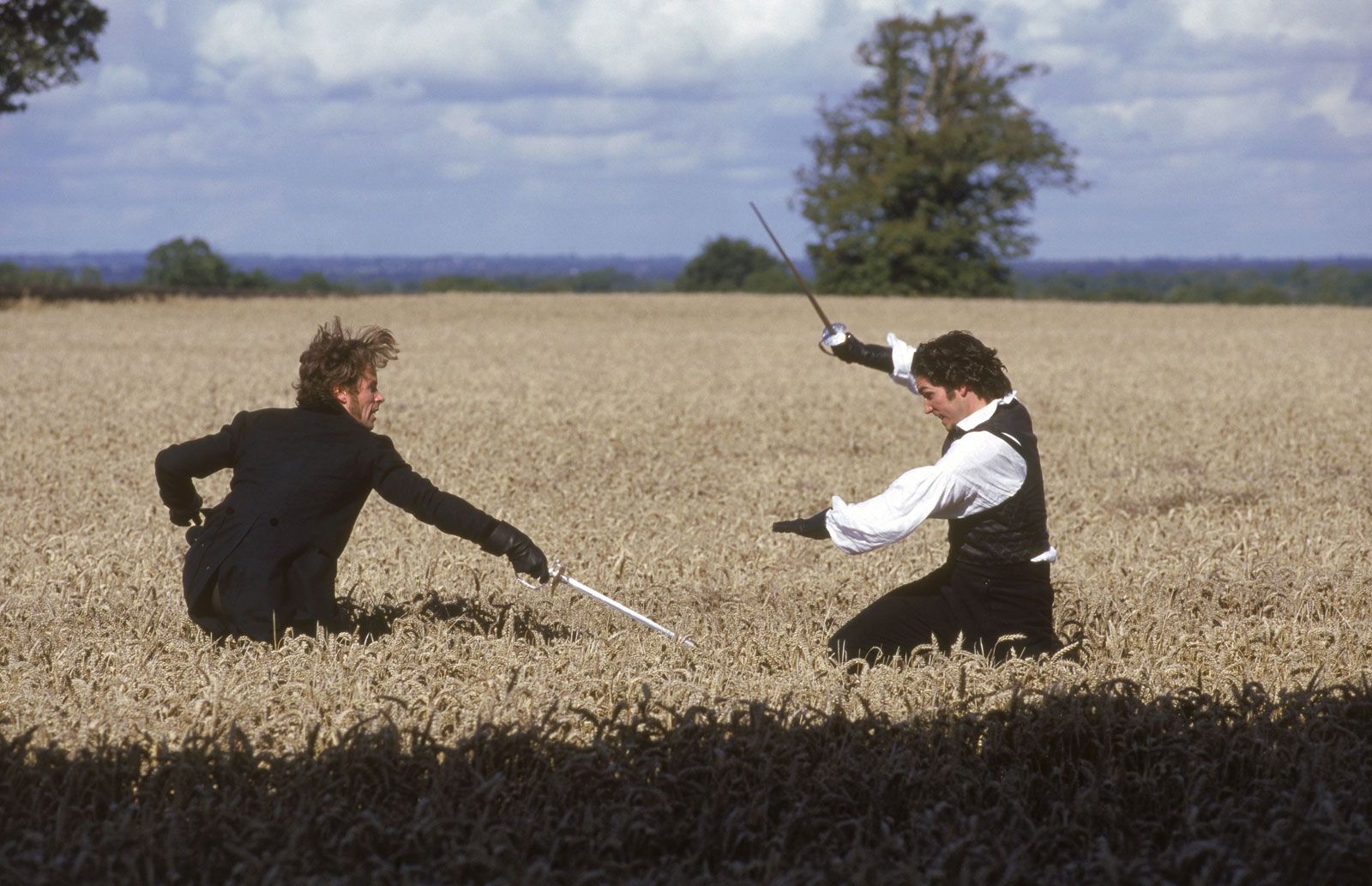Seagrass Restoration: A Bid To Revitalize Scotland's Coast

Table of Contents
The Importance of Seagrass Meadows in Scotland's Ecosystem
Seagrass meadows are often referred to as the "lungs of the sea," playing a critical role in the health and productivity of Scotland's coastal ecosystems. Their importance extends far beyond their aesthetic value.
Biodiversity Hotspots
Seagrass meadows act as incredibly diverse nurseries and habitats. They provide essential shelter and feeding grounds for a multitude of species.
- Nurseries for Commercially Important Fish: Species like cod, haddock, and plaice rely on seagrass meadows as juvenile habitats, contributing significantly to the success of Scotland's fishing industry. These meadows offer protection from predators and abundant food sources.
- Habitat for Invertebrates: A wide array of invertebrates, including crustaceans, mollusks, and worms, find refuge and sustenance within the seagrass beds, forming the base of the food web and supporting higher trophic levels. This rich invertebrate life directly impacts the health of fish populations.
- Crucial for Bird Species: Many bird species, such as the redshank and oystercatcher, depend on seagrass meadows for feeding grounds. Some even utilize the dense seagrass as nesting sites. The decline of seagrass directly affects their populations.
- Specific Scottish Species: Species like the common eider, a diving duck, and the seahorse, rely heavily on the protective cover and food provided by Scotland's seagrass beds. Their survival is intrinsically linked to the health of these ecosystems.
Coastal Protection and Carbon Sequestration
Beyond their contribution to biodiversity, seagrass meadows offer significant ecosystem services:
- Coastal Erosion Reduction: Seagrass beds act as natural buffers, absorbing wave energy and reducing coastal erosion. This protection is vital for coastal communities and infrastructure, saving millions in potential damage costs.
- Significant Carbon Sinks ("Blue Carbon"): Seagrass meadows are highly efficient at sequestering carbon dioxide from the atmosphere, storing it in their sediments. This "blue carbon" plays a vital role in mitigating climate change, making seagrass restoration a crucial climate change adaptation strategy. Studies estimate that Scottish seagrass meadows have the potential to sequester hundreds of tons of carbon annually.
- Economic Benefits: The economic benefits of seagrass-mediated coastal protection are substantial, protecting valuable properties, infrastructure, and crucial tourism assets along Scotland's coast. The value of these ecosystem services is often underestimated.
Challenges in Seagrass Restoration in Scotland
Despite their importance, restoring seagrass meadows in Scotland presents significant challenges.
Identifying Suitable Sites
Selecting appropriate sites for restoration is crucial for success. Several factors need careful consideration:
- Water Quality: Seagrass requires clean water with good light penetration. Pollution from agricultural runoff and sewage discharge can severely hinder growth.
- Sediment Type: The sediment must be suitable for seagrass root establishment. Sandy or muddy sediments are generally preferred.
- Wave Exposure: Excessive wave action can damage or dislodge newly planted seagrass. Sheltered locations are usually more favorable.
- Scottish Specific Challenges: The strong currents and relatively cold temperatures of Scottish waters present unique obstacles for seagrass growth and restoration efforts. Careful site selection is paramount.
- Environmental Surveys: Detailed environmental surveys are essential to identify suitable locations, assess water quality, and predict potential challenges.
Seed Collection and Propagation
The process of seagrass restoration often involves seed collection and propagation in nurseries:
- Seed Collection: Collecting viable seagrass seeds requires careful timing and techniques to ensure seed viability.
- Nursery Propagation: Seeds are germinated and grown in controlled nursery environments to enhance seedling survival rates before transplantation.
- Challenges: Seed germination and seedling survival can be challenging, influenced by factors like temperature, salinity, and light availability.
- Innovative Techniques: Researchers in Scotland are exploring innovative propagation techniques, including utilizing seaweed extracts to improve seedling growth and survival.
Threats to Restored Meadows
Even after successful transplantation, restored seagrass meadows face ongoing threats:
- Pollution: Agricultural runoff containing fertilizers and pesticides, as well as sewage discharge, can severely impact water quality and seagrass health.
- Physical Damage: Boating activities, fishing gear, and anchoring can cause physical damage to seagrass beds, hindering recovery.
- Climate Change Impacts: Sea level rise, ocean acidification, and altered temperature regimes pose significant long-term threats to seagrass meadows.
- Mitigation Strategies: Addressing these threats requires a multi-faceted approach, including improved water quality management, responsible boating practices, and climate change mitigation efforts.
Innovative Techniques for Seagrass Restoration in Scotland
Scotland is at the forefront of developing innovative techniques for seagrass restoration.
Seed Planting and Transplantation
Several methods are employed for seagrass restoration:
- Seed Planting: Direct sowing of seagrass seeds into the seabed.
- Transplantation: Transplanting nursery-grown seedlings into the restoration site.
- Advantages and Disadvantages: Each method has advantages and disadvantages in terms of cost-effectiveness, survival rates, and scalability. Choosing the right technique depends on site-specific conditions.
- Unique Scottish Techniques: Research in Scotland is exploring the use of biodegradable mats to enhance seedling establishment and protect them from wave action.
Community Involvement and Citizen Science
Community engagement is vital for successful seagrass restoration:
- Role of Community Groups: Volunteers play a crucial role in seed collection, planting, monitoring, and data collection.
- Citizen Science Projects: Successful citizen science initiatives in Scotland involve local communities in monitoring seagrass health and contributing valuable data.
- Public Awareness: Raising public awareness about the importance of seagrass and the threats they face is critical to securing long-term support for restoration efforts.
Technological Advancements
Technology is playing an increasingly important role:
- Drones and Remote Sensing: Drones and remote sensing technologies are used to monitor seagrass meadow extent, health, and growth over time. This allows for efficient and cost-effective monitoring of large areas.
- Other Advanced Technologies: Research is exploring the use of other technologies, including underwater robotics and genetic analysis, to improve restoration success.
Conclusion
Seagrass restoration is not merely an environmental initiative; it's an investment in the future of Scotland's coast. By understanding the importance of these vital ecosystems, addressing the challenges, and embracing innovative techniques, we can significantly enhance Scotland's coastal resilience, biodiversity, and blue carbon sequestration capacity. The future of our seas depends on continued commitment to seagrass restoration. Let's work together to revitalize Scotland’s coast through effective seagrass restoration projects. Learn more about how you can get involved in seagrass conservation and restoration efforts in Scotland today!

Featured Posts
-
 Ufc Fight Card Schedule May 2025 Ufc 315 And Beyond
May 04, 2025
Ufc Fight Card Schedule May 2025 Ufc 315 And Beyond
May 04, 2025 -
 May 2025 Ufc Schedule Events Dates And Ufc 315 Information
May 04, 2025
May 2025 Ufc Schedule Events Dates And Ufc 315 Information
May 04, 2025 -
 Ufc 314 Volkanovski Vs Lopes Who Won And Lost At Ufc 314
May 04, 2025
Ufc 314 Volkanovski Vs Lopes Who Won And Lost At Ufc 314
May 04, 2025 -
 Is The Count Of Monte Cristo Still Relevant A Modern Review
May 04, 2025
Is The Count Of Monte Cristo Still Relevant A Modern Review
May 04, 2025 -
 Gigi Hadid Navigates Dating Amidst Bradley Cooper And Leonardo Di Caprio
May 04, 2025
Gigi Hadid Navigates Dating Amidst Bradley Cooper And Leonardo Di Caprio
May 04, 2025
